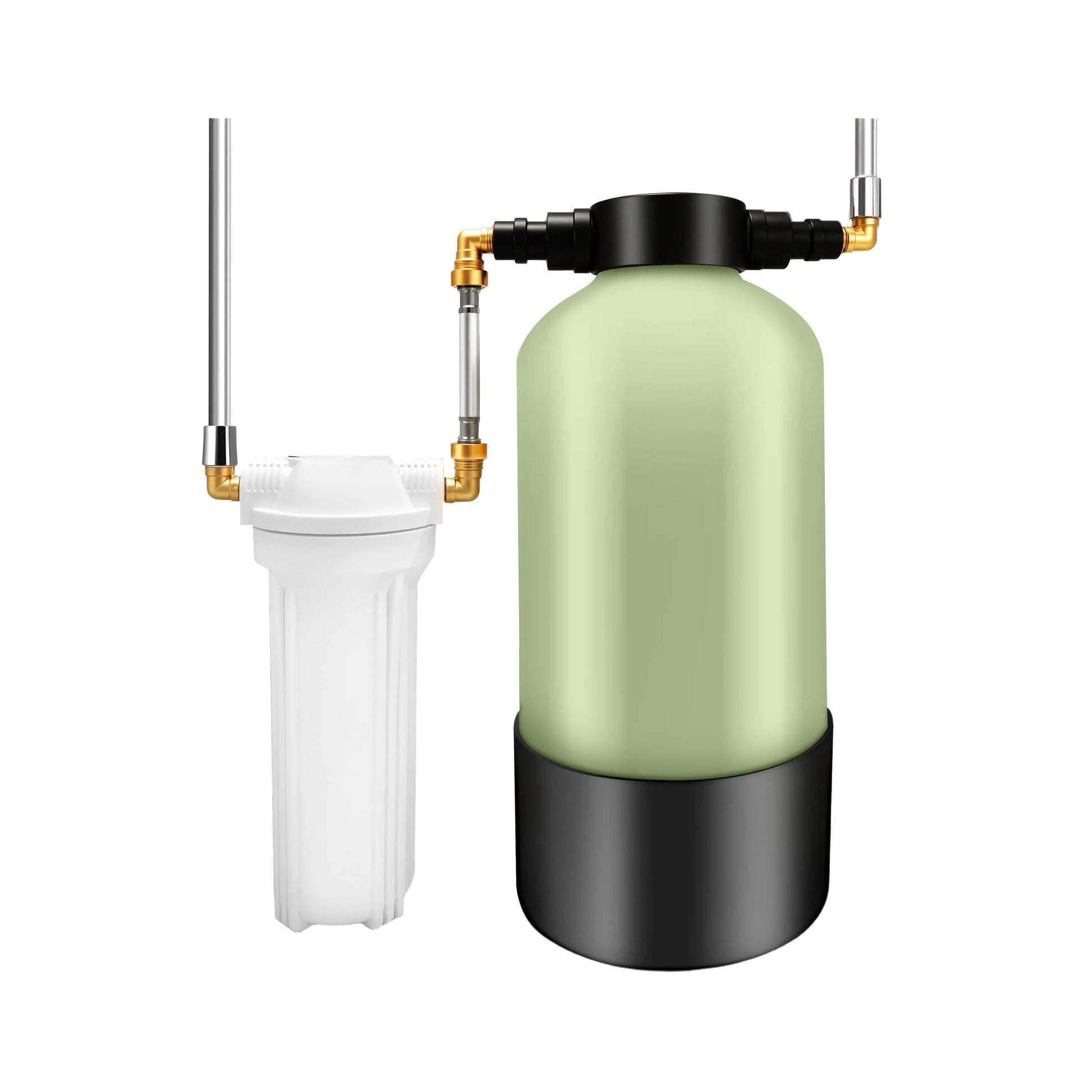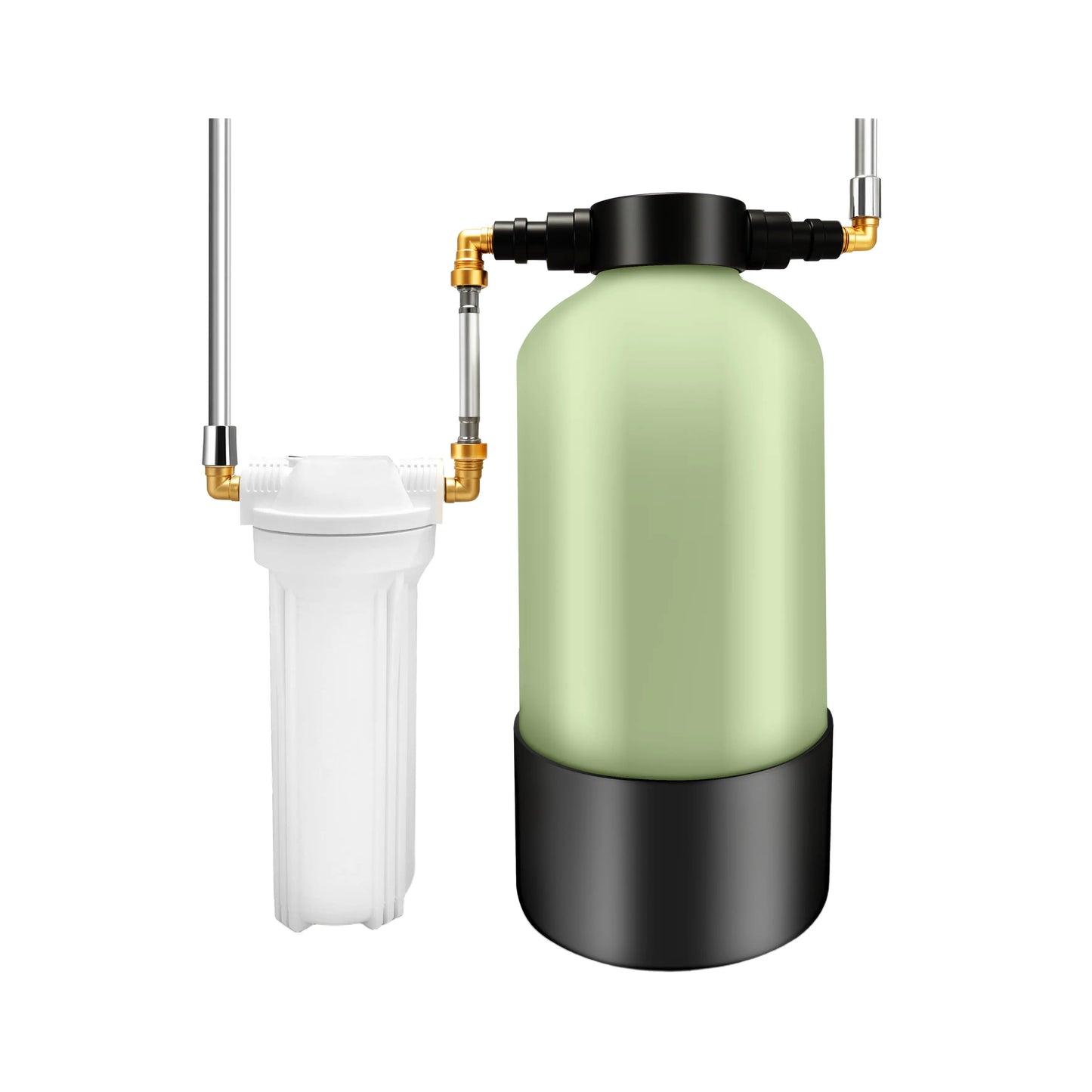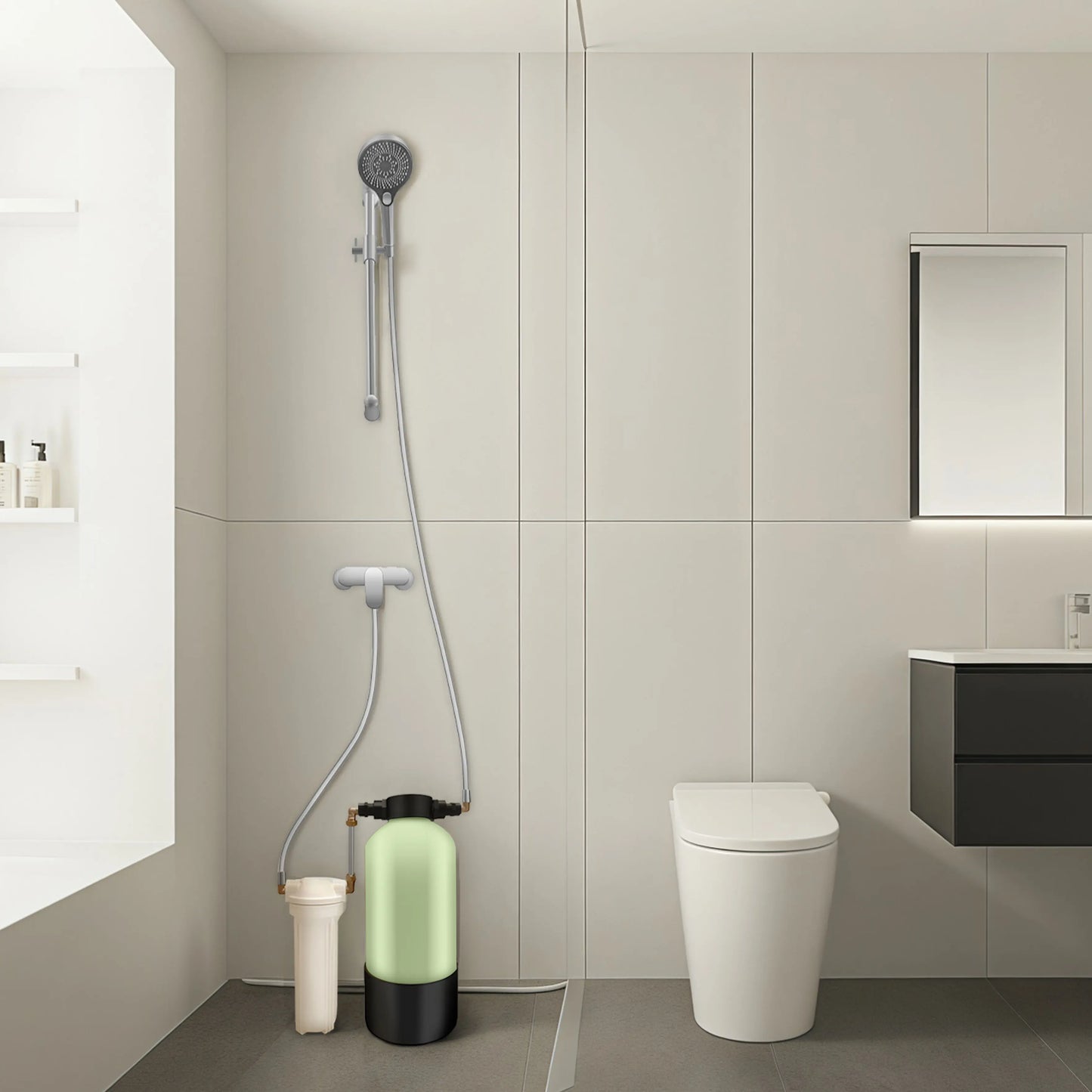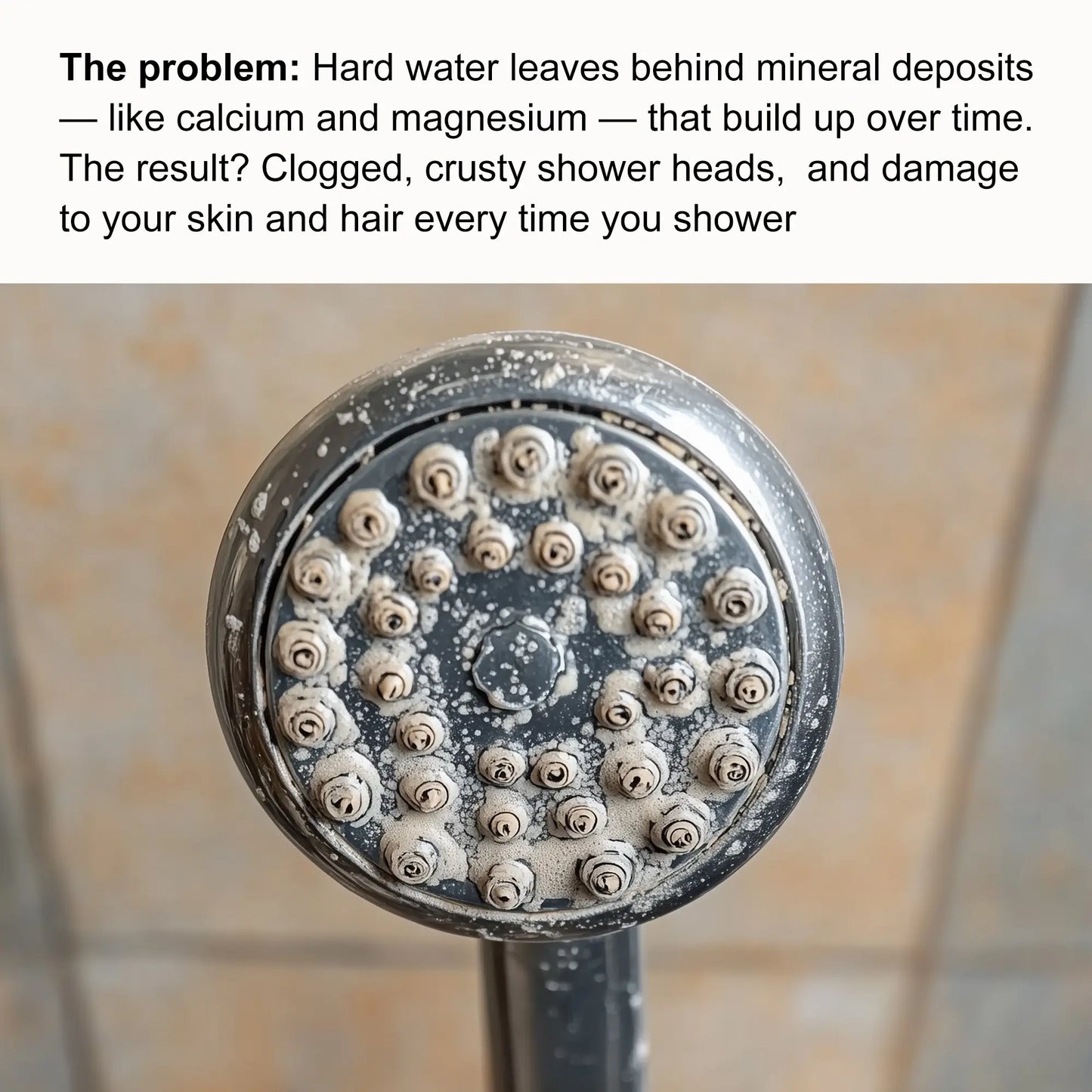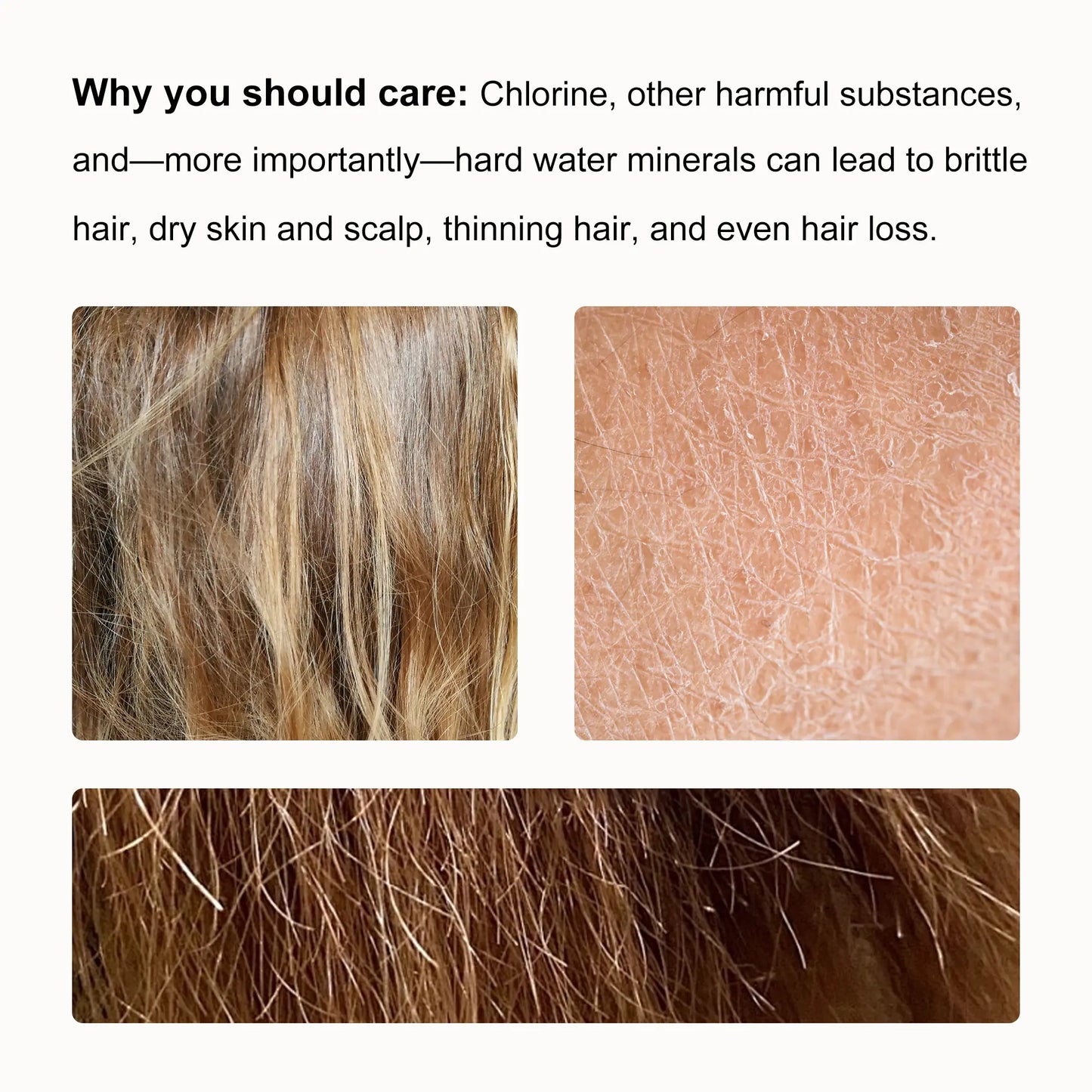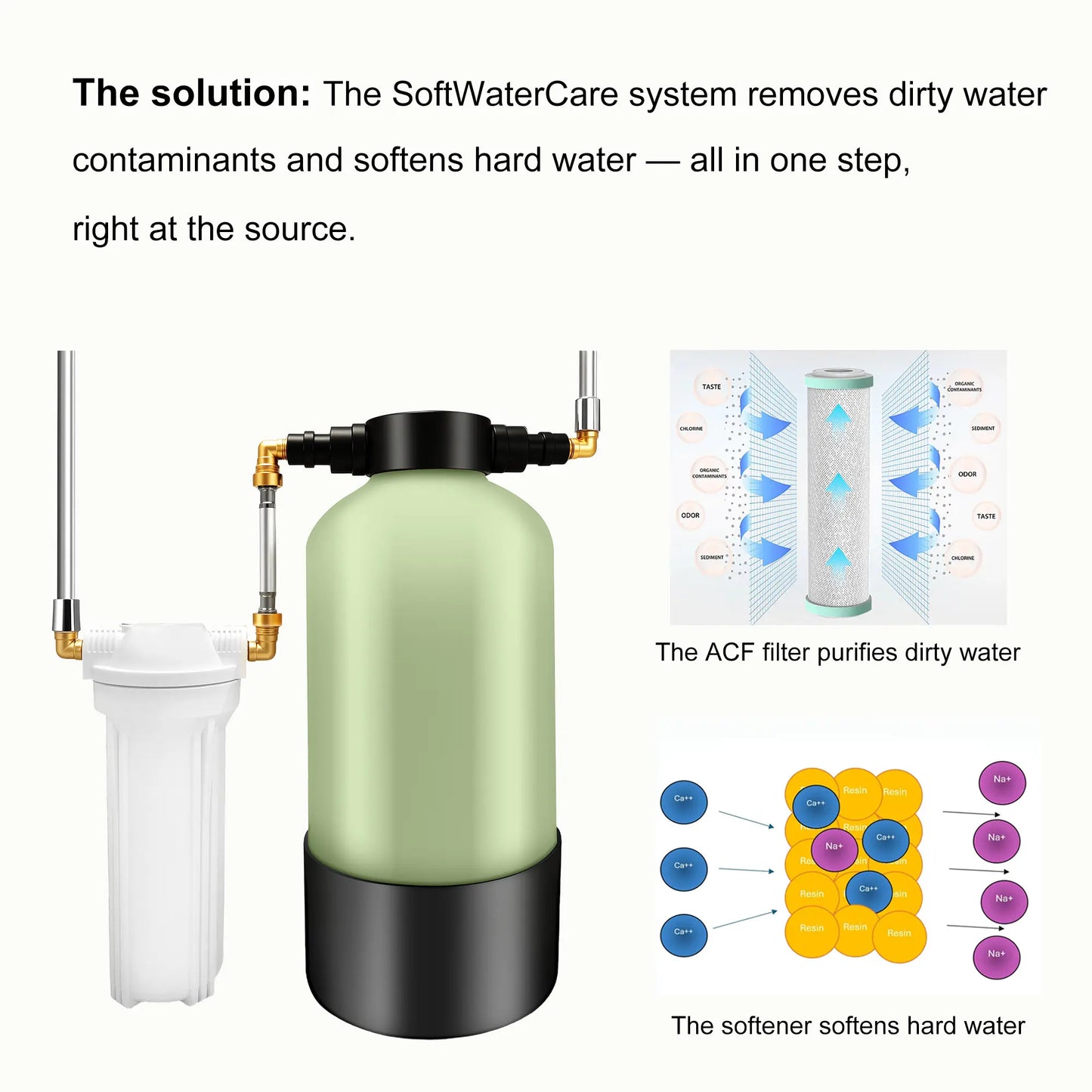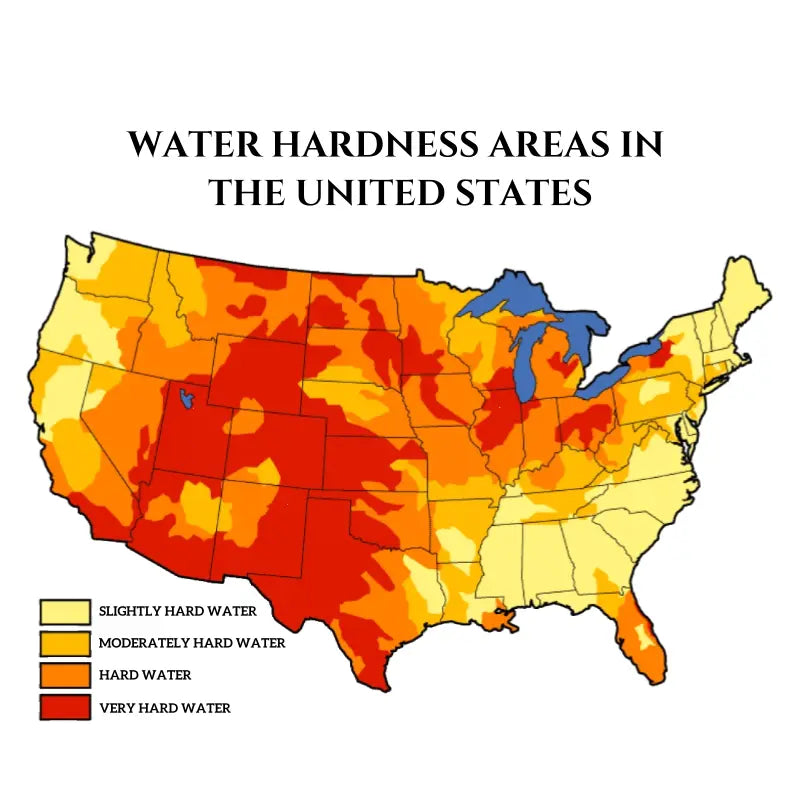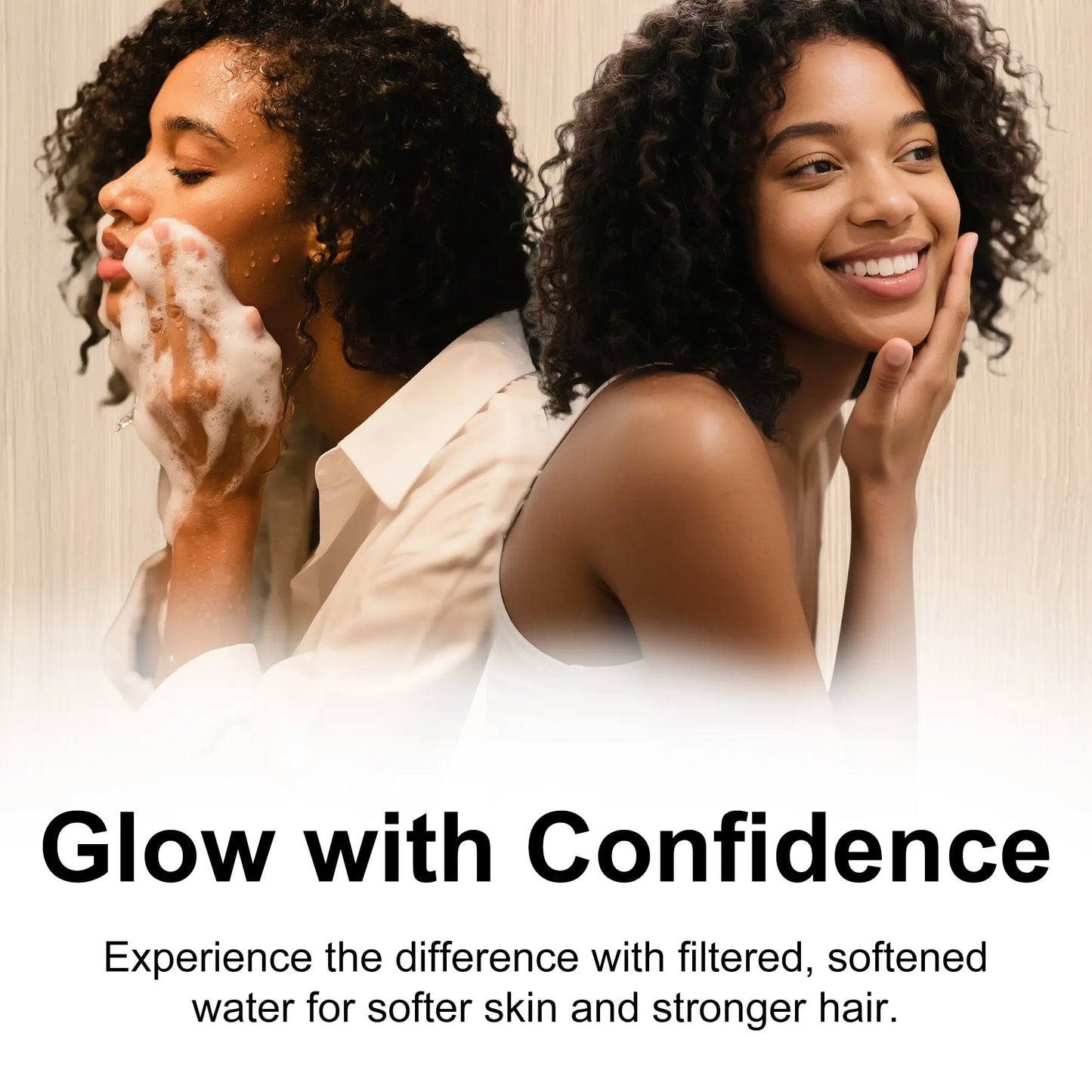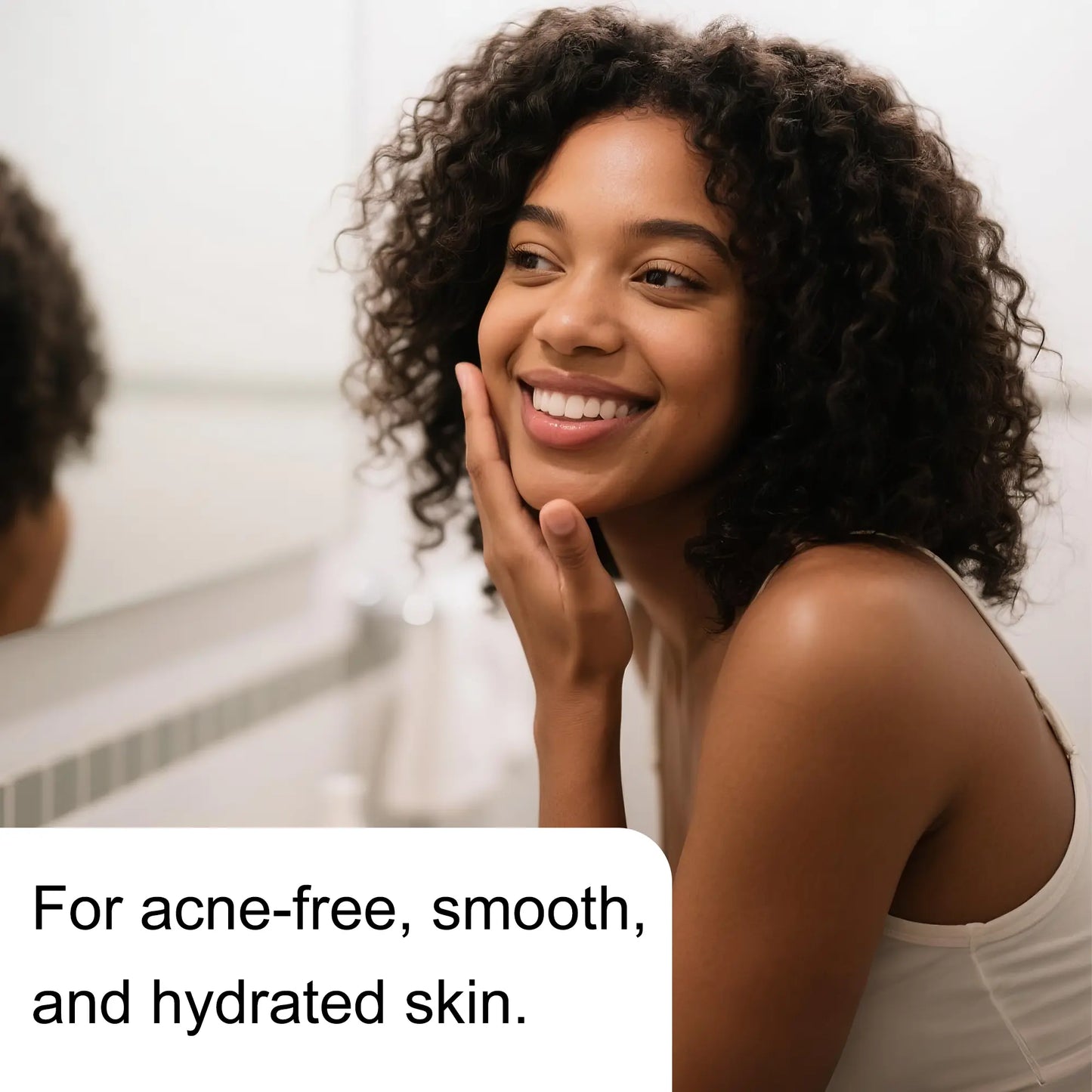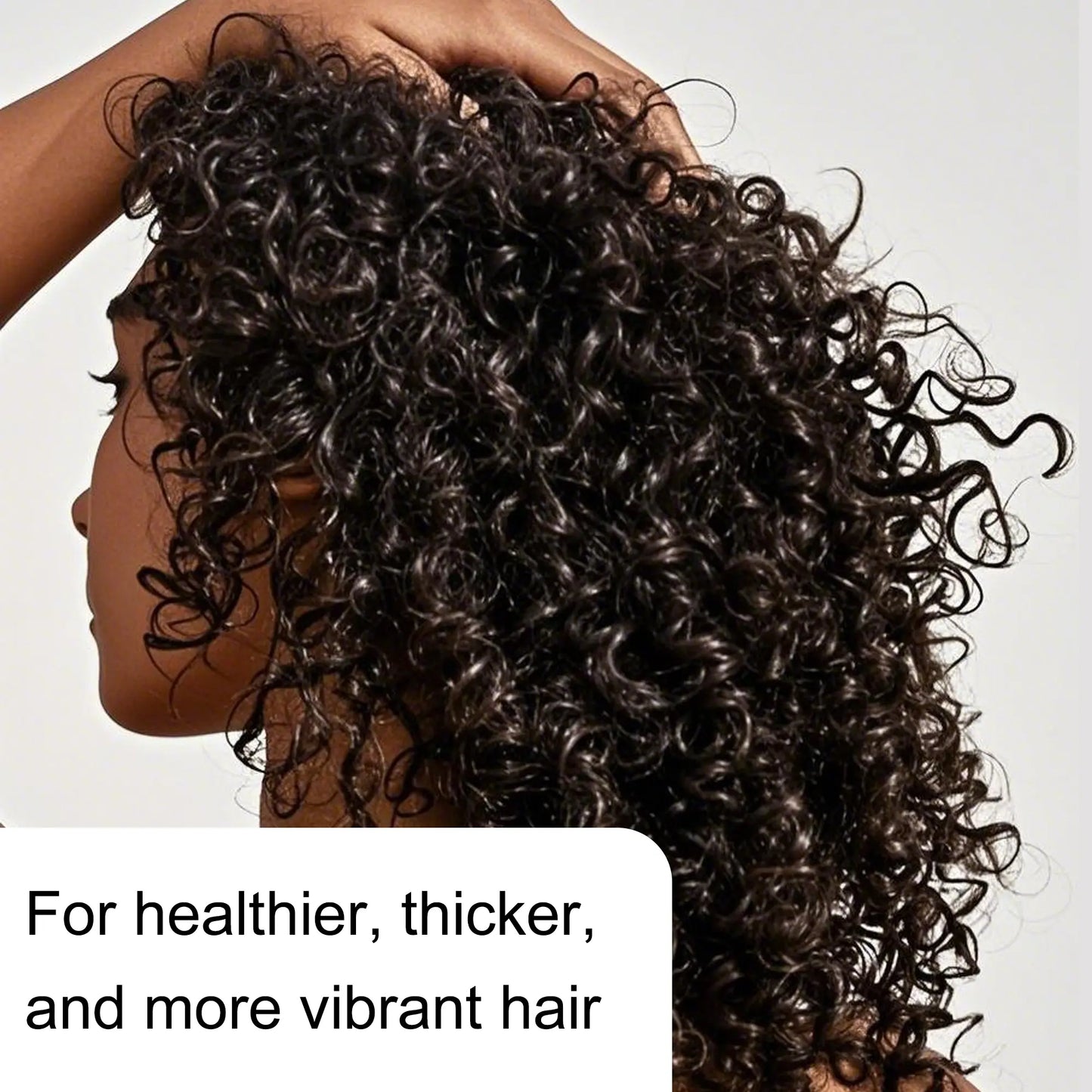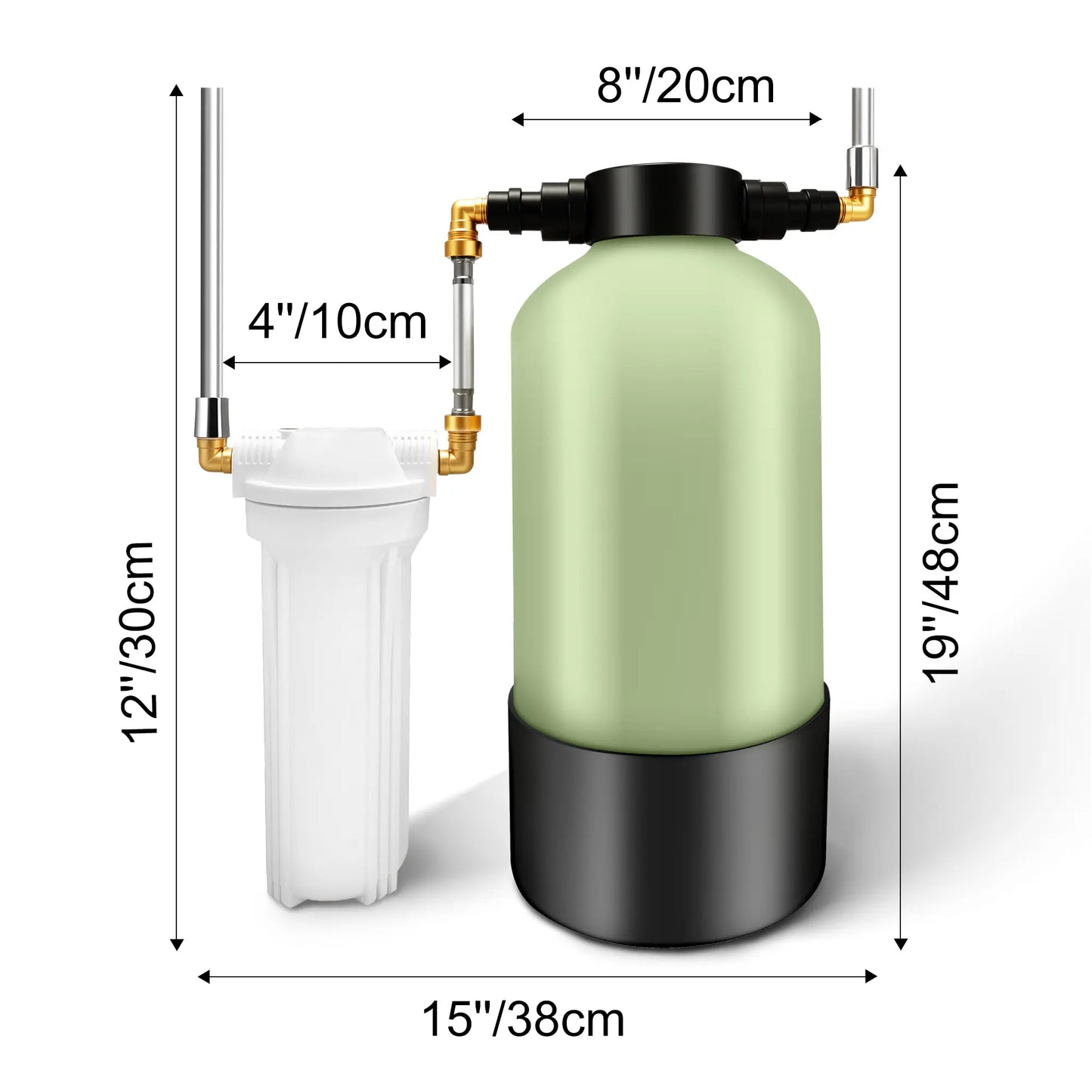If you’re concerned about the quality of your tap water—whether it’s for your skin, hair, health, or home—you’ve probably come across two common solutions: water filters and water softeners. At first glance, they may seem similar. Both are devices that improve water quality. Both are often installed in homes. And both promise “cleaner” water.
But they’re not the same thing.
Understanding the difference between a water filter and a water softener is essential if you want to solve the specific water problems you're facing. Choosing the wrong one might mean you’re still left with hard water stains, dry skin, or unwanted contaminants.
What Is a Water Filter?
A water filter is designed to remove contaminants from water—things like chlorine, bacteria, lead, pesticides, rust, and other impurities that can be harmful to your health or affect taste and odor.
Water filters use various technologies depending on the type:
- Activated carbon filters trap chlorine, volatile organic compounds (VOCs), and some sediment.
- Reverse osmosis (RO) systems use a semi-permeable membrane to remove a wide range of contaminants, including heavy metals and salts.
- UV filters kill bacteria and viruses with ultraviolet light.
- Sediment filters remove dirt, rust, and particles from well water or municipal systems.

Use a water filter if:
- Your water smells like chlorine or rotten eggs
- You’re concerned about bacteria or lead
- You want to improve the taste of drinking water
- You want to protect your health from chemical contaminants
What Is a Water Softener?
A water softener, on the other hand, deals specifically with hard water—water that contains high levels of calcium and magnesium. These minerals aren’t dangerous to your health, but they can cause a host of annoying and costly problems, such as:
- Limescale buildup on faucets and appliances
- Stiff, dull laundry
- Spotty dishes and glasses
- Dry skin and hair
- Soap that doesn’t lather properly
- Reduced lifespan of water heaters and plumbing
Water softeners work through a process called ion exchange, where calcium and magnesium ions are swapped for sodium or potassium ions. This makes water soft, meaning it rinses more effectively and doesn’t leave behind residue.
Use a water softener if:
- You notice white spots on glassware or faucets
- Your hair feels dry or brittle after showering
- You’re constantly battling soap scum
- You want to extend the life of appliances like dishwashers and washing machines
- You live in an area with naturally hard water (common in many regions)
Key Differences at a Glance
|
Feature |
Water Filter |
Water Softener |
|
Purpose |
Removes contaminants |
Removes calcium & magnesium |
|
Main Benefit |
Cleaner, safer drinking water |
Softer water for skin, hair, home |
|
Technology |
Activated carbon, RO, UV, etc. |
Ion exchange |
|
Target Problem |
Chemicals, bacteria, metals |
Hard water minerals |
|
Affects Taste |
Yes (improves taste) |
No significant change |
|
Skin & Hair Effects |
Indirect |
Direct (softer feel, less dryness) |
|
Common Install Location |
Kitchen sink or whole house |
Main water line or water heater |
Do You Need One or Both?
The choice depends on your goals.
If your water smells or tastes bad, and you're mainly concerned about health, a water filter is your priority.
If your shower leaves your skin dry and your hair frizzy, or you notice scale buildup in your appliances, a water softener will make a huge difference. Specifically, if you're wondering which option will help with dry skin, irritation, or dull hair, it's typically the water softener that makes the difference. Hard water minerals can disrupt your skin barrier and leave a residue on your hair that makes it look limp or frizzy.
If you want clean, safe, and soft water throughout your whole house, you may need both—a water softener for the mineral content and a filter to remove harmful contaminants
Final Thoughts
Water filters and water softeners serve different purposes, but both are important for improving your water quality. They’re not interchangeable—but together, they can give you healthier water for your body, your home, and your lifestyle.
Still unsure which one’s right for you? You can start by testing your water at home or getting a professional water quality report. Once you know what’s really in your water, choosing the right solution becomes a lot easier.
References
Bakshi, B., Doucette, E. M., & Kyser, S. J. (2021). Centralized softening as a solution to chloride pollution: An empirical analysis based on Minnesota cities. PLOS ONE, 16(2). https://doi.org/10.1371/journal.pone.0246688
Razali, M. C., Wahab, N. A., Sunar, N., & Shamsudin, N. H. (2023). Existing filtration treatment on drinking water process and concerns issues. Membranes, 13(3), 285. https://doi.org/10.3390/membranes13030285

